Deep Summer
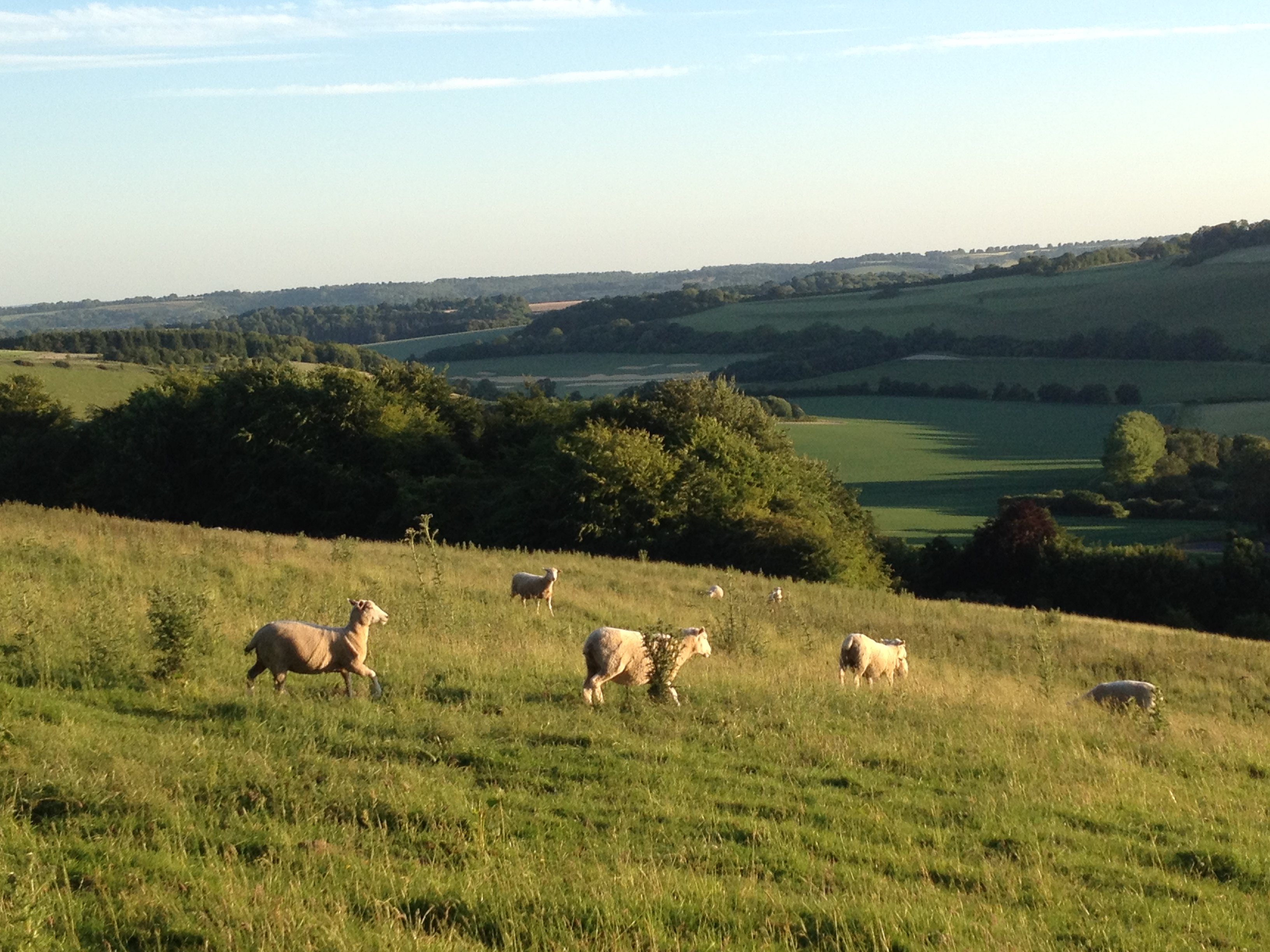
The ground hardens like lime mortar and holds the flints fast at whatever angle they were last tumbled into. Some stick up like ancient weapons, stropped edges like axe heads, freshly knapped by the clink of horses hoofs, but never our boots or tractor tyres. It is the time for the slicing of welly boot soles; one whole winter lasted, and worn now not for mud, but with shorts for the sting of nettles, the painful prod of thistles and the scratch of green brambles reaching for space and light. As we cross the field, a haze of purple pink pollen blooms behind us like smoke, as the heathery puff of Yorkshire fog grass mingles with the dust. Cocksfoot and fescue plait through trailing fingers.

Sparrows come down to bathe in the farmyard dust imprinted by badgers’ feet. With earth this hard, the badgers abandon nightly hunts for earthworms and diversify, hunting wasp and bee’s nests in banks. Their broad, pigeon-toed prints are briefly recorded in chalky earth so fine, it whirls away like sieved flour when the tractor passes, to coat the windows.
Later, a roe doe and her dappled, leggy, twin fawns cross the path, all hocks, angles, ears and sunlight. Their joints are too big for them and they ride them awkwardly away like big springs.
Haymaking is still in full swing and kites and buzzards hunt the shorn meadows. There are tall, still, stands of foxgloves on the Common: thimblefuls of nectar, freckled honeyguides on each lower lip, signposting a landing strip and crazy-paving the way to nectar at the back. But they are motionless. No bees tremble their bells. They are advertising their best wares to the empty high street of a ghost town.
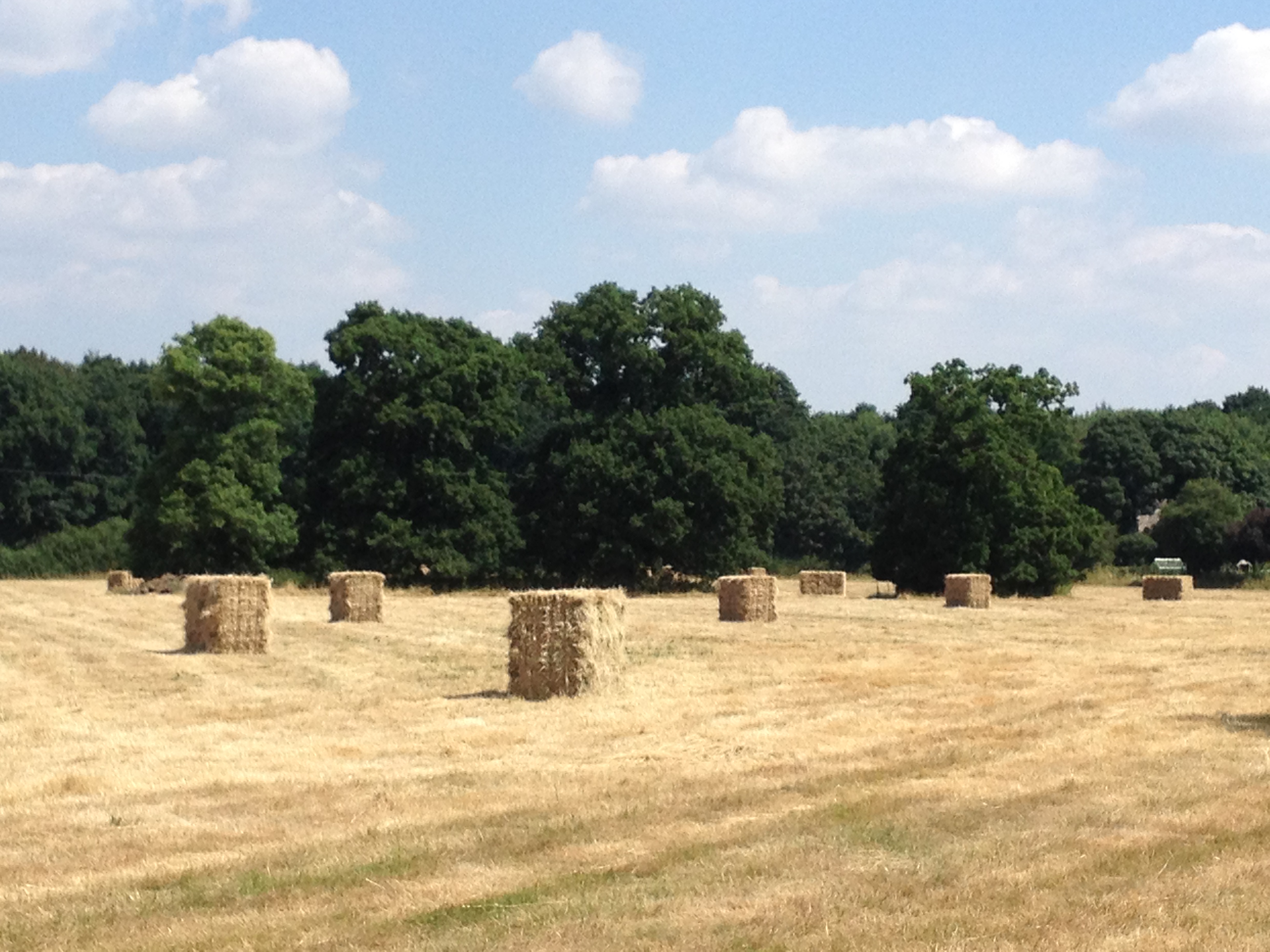
Equally, the comfrey. There are bees on the blue-purple flowers, flies resting on the big, scratchy, knitbone leaves; but no garden tiger moths. In the silent heat, a wasp chews the wood of the fence, audibly.
We villagers meet at the old barn for a midsummer’s evening walk. The black barn oozes honey from its warped boards. Through gaps and popped out knots, there are glimpses of the perfect, mathematical intricacy of honeycomb. It drips. The bees fan one entrance with a thrumming like a combine harvester, whose progress has just begun, and enter and exit another point below the comb.
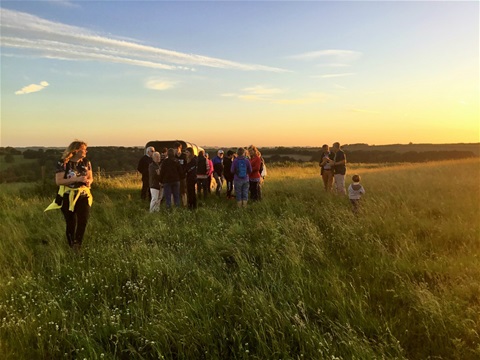
Our walk, on a deep-summer, honey-gold evening takes in hares, skylarks, yellowhammers, sun-scorched fields and a herd of fallow deer bucks in velvet, breast high in the thistles. We reach the hill fort that crowns the highest hill at sunset, for fizz and homemade cake on the Land Rover tailgate. The hill fort was dug, by hand, antler and flint, some 2,500 years ago. The sun goes down on the neighbouring hill behind its gibbet from 350 years ago, on top of a 6,000 year-old long barrow; far older than the standing stones and lintels of Stonehenge or Avebury, 30 miles hence. The years seem to stretch across a vast plain, then concertina: standing in the sun’s glow, they seem not so many.
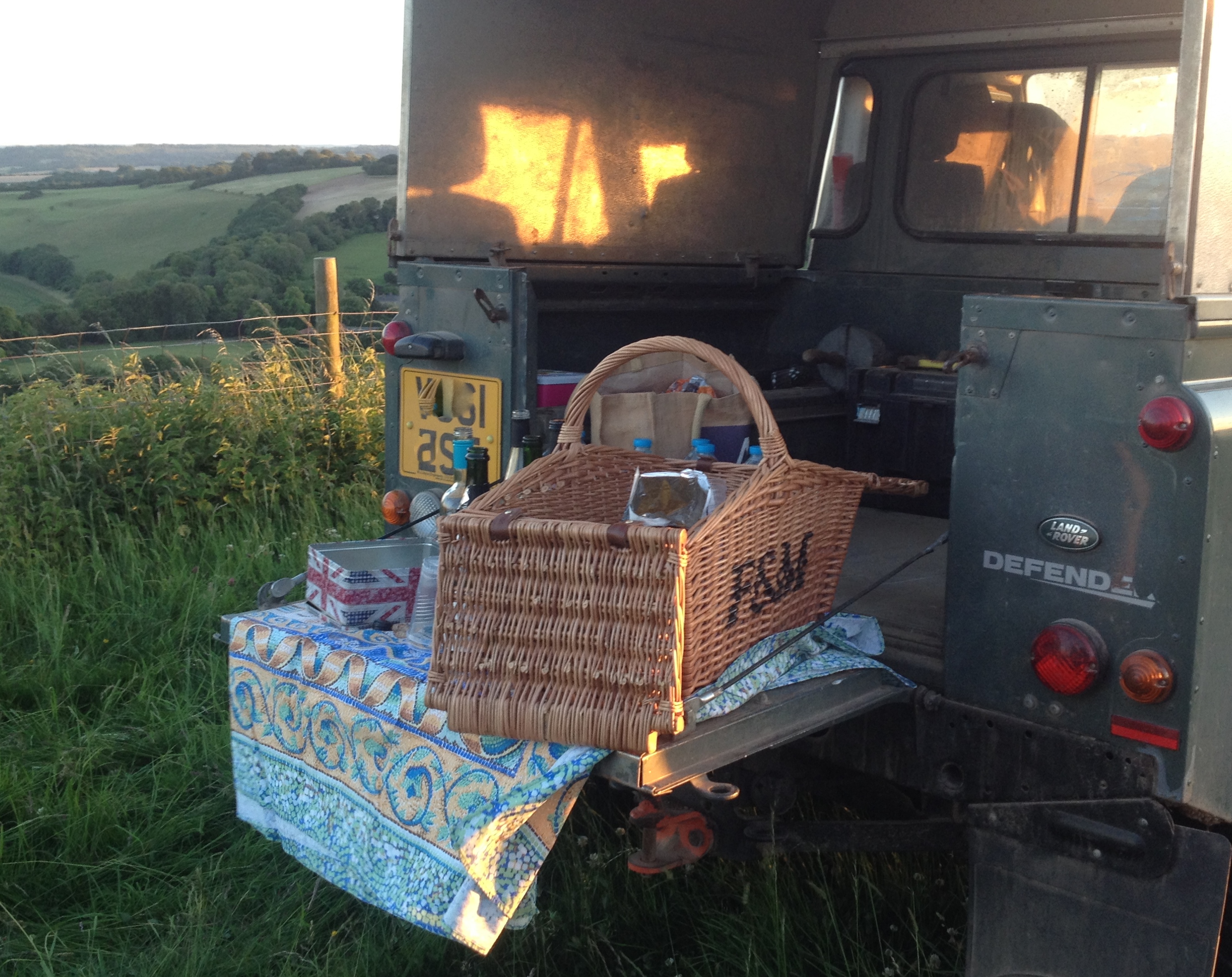
We walk back to the barn down the steep escarpment that gets the better of some of us. We slip and roll and all the heady aromatic scents of chalk grassland come rising up to meet us: wild thyme and basil, salad burnet and marjoram among the bedstraws, vetches and orchids.
Back home, we’d left a light on and a window wide. But not a moth has come in. Not one.
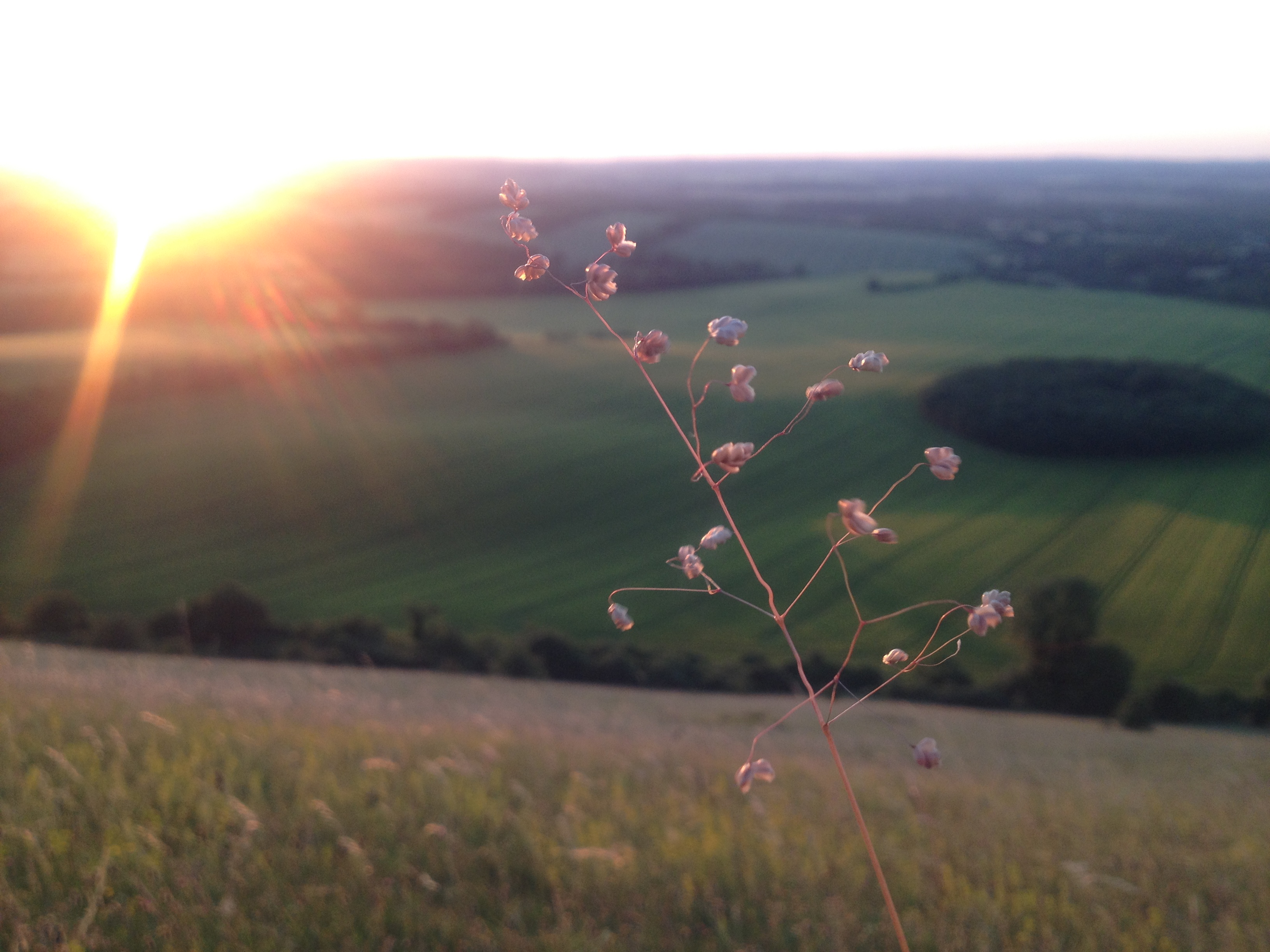
Leave a Reply to thethoughtbadgerCancel reply